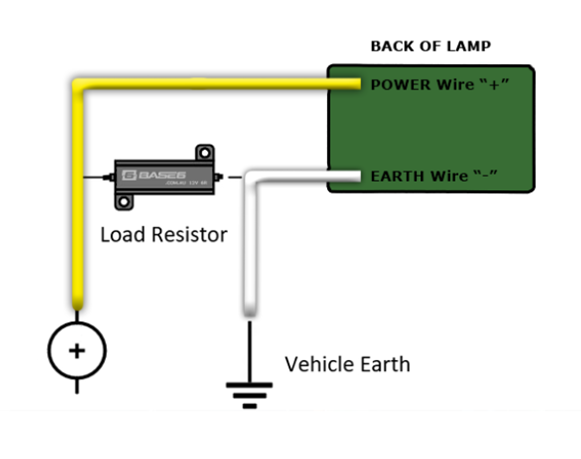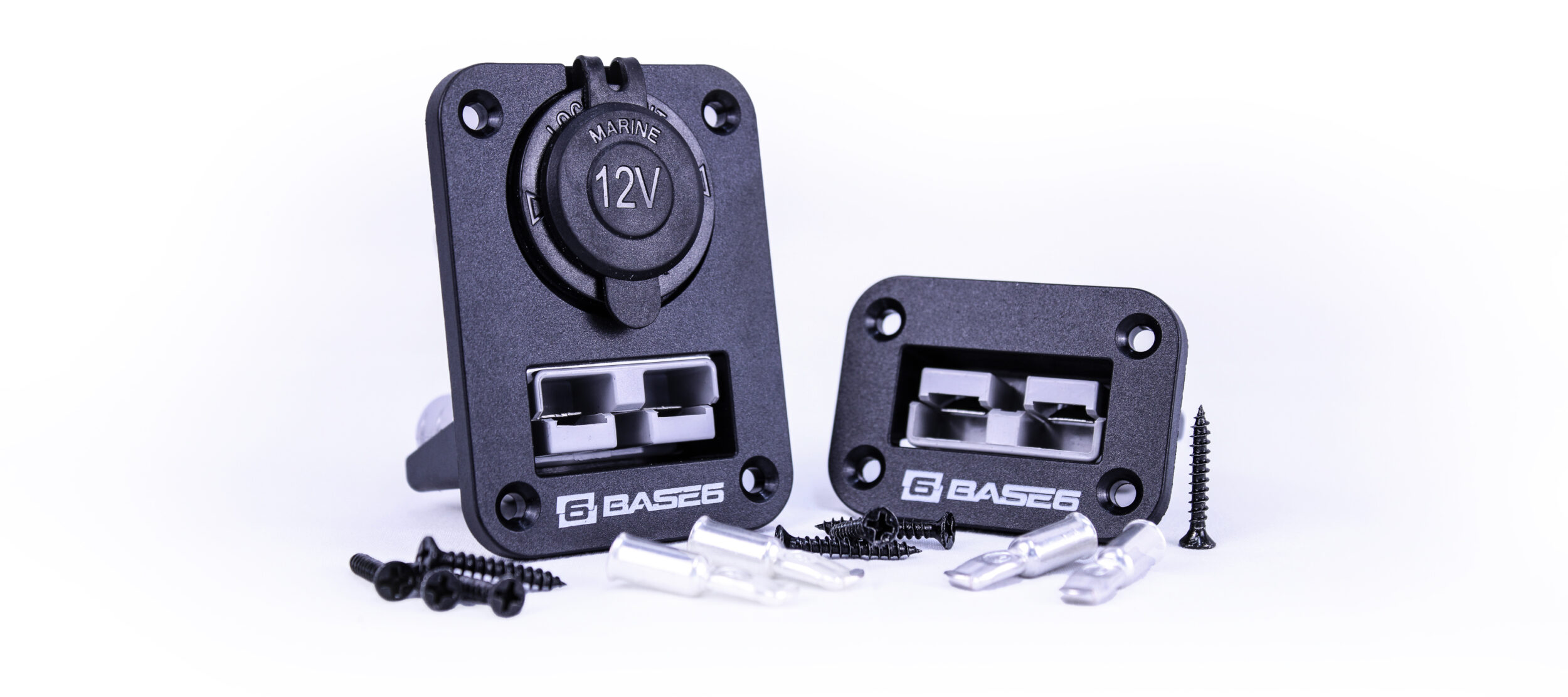
Choosing the best LED Driving Lights in 2023
LED driving lights are a crucial accessory for any offroad vehicle, particularly in Australia where the rugged terrain and varied driving conditions can make visibility
B6LR12/2 & B6LR24/2
WARNING: Load Resistors are designed to get HOT! DO NOT Install on/near painted surfaces or plastic!
Introduction:
A load resistor is generally required for each filament bulb that you are replacing with LED’s. To add a load resistor to an indicator (turn signal) it will need to be wired into each circuit in parallel.
I.e. The load resistor goes across the connections, between the supply and ground.
Precautions:
Single Function Circuits:
Using the diagram below, you want to splice the Load Resistor’s wires in so that it connects ACROSS the positive and negative wires of the vehicle’s wiring. The Load Resistor is specifically designed to represent the same power-draw as a standard filament bulb so that the vehicle does not mistake the lower power draw of an LED bulb as a bulb that is burnt out or missing. DO NOT allow the Load Resistor to touch any wiring, it gets very hot under normal operation.


LED driving lights are a crucial accessory for any offroad vehicle, particularly in Australia where the rugged terrain and varied driving conditions can make visibility

Today we dive into Fred’s N80 Hilux and a couple of his recent BASE6 light upgrades. This was a recent update that he completed with

Wiring up a set of driving lights has traditionally been a nightmare! But I’m going to show you how easy it is to wire up

When it comes to choosing a work light, there are many factors to consider. At BASE6, we understand that our customers have high standards when

flush mount installations with base6 If you’re looking for an easy and clean way to connect your solar panels to auxiliary batteries or appliances, the
One Response
I want to to thank you for this good read!! I certainly loved every little bit of it. I have you bookmarked to look at new things you postÖ